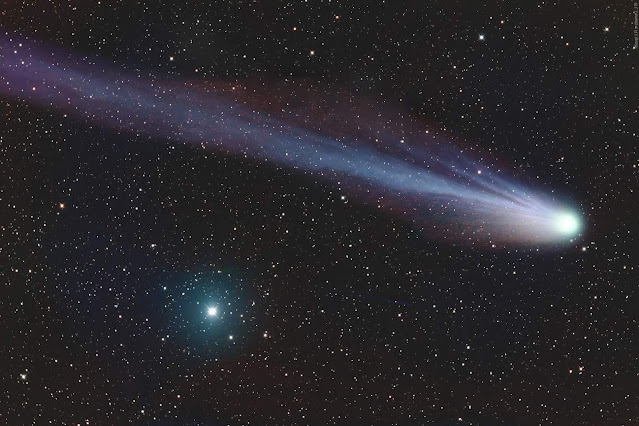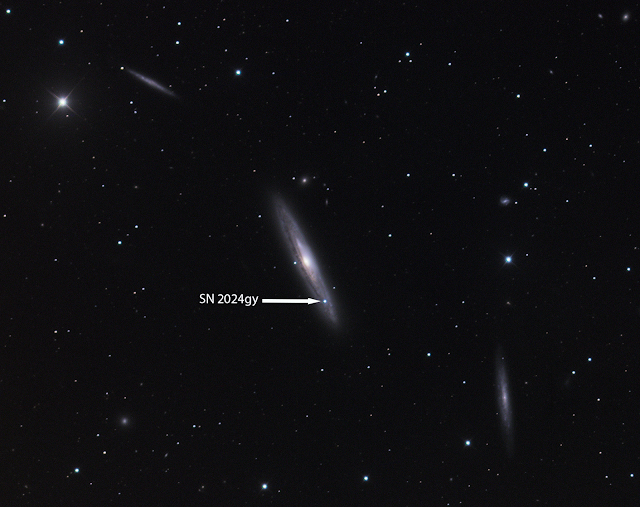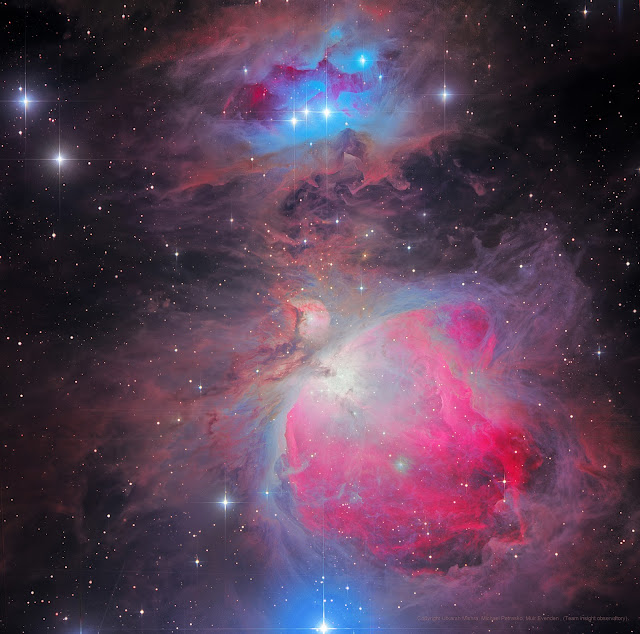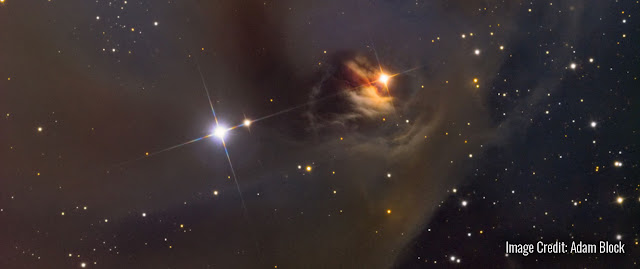What Will the Sun Look Like During Totality?

The Glow of the Solar Corona During the Totality of the February 16, 1980, Total Solar Eclipse from Kenya, Africa. All photos by Harry Hammond. The total solar eclipse on April 8, 2024, is set to be an awe-inspiring astronomical event that will mesmerize observers throughout North America. Several extraordinary phenomena will be unveiled when the Moon completely blocks out the Sun during the brief period of totality. The Solar Corona: As the Moon's shadow covers the Sun, the solar corona, a radiant halo of superheated plasma, will become visible. Normally obscured by the Sun's intense brightness, the corona extends millions of kilometers into space. During totality, it will manifest as a delicate and ethereal crown encircling the obscured Sun. Its delicate tendrils, sculpted by the Sun's magnetic field, will extend outward, exposing the Sun's outer layers. Prominences and Filaments: Watch for solar prominences, massive arches of hot gas, along the edge of the...









